Grooming
Golden Rules for Grooming Labradoodles
By following these basic guidelines, you’re setting the stage for a well-groomed, happy pup. For more grooming insights, check out our other resources.
Start Brushing Early
Begin daily brushing as soon as you bring your pup home. At this stage, it’s less about the coat and more about getting your puppy used to being brushed. Use your Chris Christensen Big K slicker brush to give them a quick brush every day and a deep, thorough brushing once a week. Make sure to brush down to the skin, not just the top layer of hair.
Understanding Hair Fall and Mats
Australian Labradoodles don’t shed like other breeds, but they do have hair fall, much like humans. When loose hairs get caught in the coat, mats can form. Consistent brushing helps to remove these loose hairs and prevent matting.
First Grooming Experience
It’s crucial for your puppy to have a grooming experience before they reach 16 weeks of age. This time frame is often referred to as the “Sensitive Period,” a critical developmental stage when puppies are most receptive to new experiences.
Introducing grooming during this time helps your pup become comfortable with the process, making future grooming sessions much easier. Even if a full grooming isn’t needed, book them for a bath, blow-out, and trim of the eyes, under the ear flaps, feet, as well as a sanitary and nail trim.
Brushing Techniques
When brushing, always work from the skin outward and add small amounts of coat to each stroke. Start from the feet and work your way up to the body, moving from the tail to the head. Brush in the direction of the hair growth.
Watch Out for Toe Mats
Check between the toes for mats and trim them out. This helps prevent seeds from getting lodged and irritating the skin.
Bathing Your Labradoodle
Your Australian Labradoodle doesn’t need frequent baths, as they generally don’t have a strong “dog smell” like other breeds. Aim for a bath every 6-8 weeks unless they’re being groomed more often.
Ensure all shampoo is thoroughly rinsed out. If you don’t have good water pressure, you can use the tub facilities at many local pet stores.
After the shampoo is thoroughly rinsed out, follow up with conditioner. Labradoodles NEED conditioner (remember, it’s like human hair). Do not use a 2 in 1 Shampoo/Conditioner product. You won’t get the benefits of either the shampoo or the conditioner. Rinse most of the conditioner but leave a small amount in the coat. Towel dry and apply a leave-in conditioner spray. For that signature fluffy look, use a commercial dryer.
Avoid shampooing your dog if their coat is filthy, as this can lead to a pelted coat. A better approach is to hose your dog down first. Then, place them in their crate and let the mud dry and fall off naturally. Finish by giving them a deep and thorough brushing.
Australian Labradoodle Grooming Video
Check out our Australian Labradoodle Grooming Video below for a step-by-step guide on keeping your pup’s coat in top shape. This easy-to-follow video covers everything from brushing techniques to bathing tips, ensuring that both you and your Labradoodle enjoy a stress-free grooming experience. It’s a must-watch for anyone new to grooming this special breed.
Best Grooming Tools for Labradoodles
Handpicked Grooming Products to Make Your Life Easier
Finding the right grooming tools for your Labradoodle is a game-changer. Not only will the right brushes, combs, and shampoos make your life easier, they’ll keep your pup looking their best. Below, you’ll find a selection of handpicked grooming products that we swear by. Each one is designed to keep your Labradoodle’s unique coat healthy and mat-free while making the grooming process easier for you both.
Heads up: We might earn a small commission on purchases made through these affiliate links — at no extra cost to you.
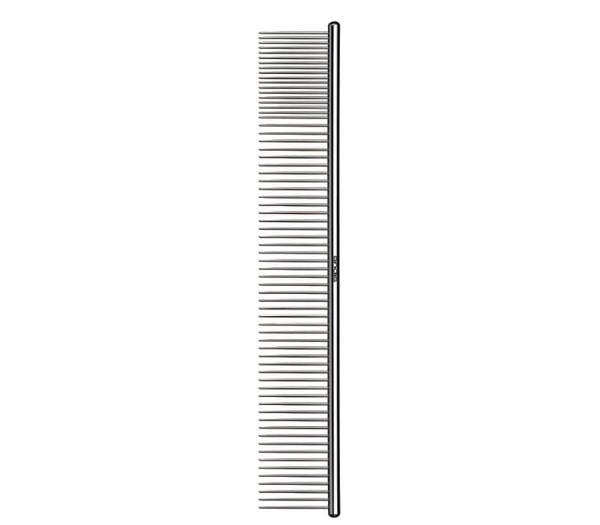
Steel Comb
Andis Pet 10-Inch Steel Comb (65725), Silver
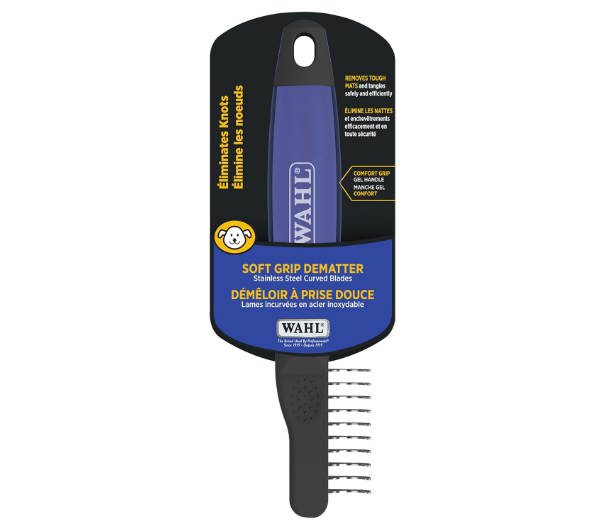
Dematter
Wahl Canada Soft Grip Dematter, Eliminates Knots, Stubborn Mats & Tangles, Easily and Gently

Big K Slicker Brush
Chris Christensen Big K Slicker Brush for Dogs Black, Large
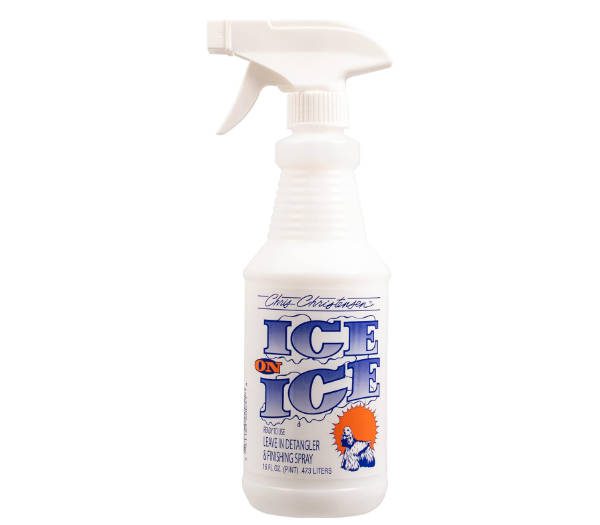
Leave-In Conditioner and Brushing Spray
Chris Christensen Ice on Ice Detangler and Finishing Spray, Ready to Use, Helps Brush/Comb Conditions, No Residue, Made in USA, 16 oz

Shampoo
Chris Christensen Diamond Series Miracle Moisture Dog Shampoo, Made in The USA, 16 oz
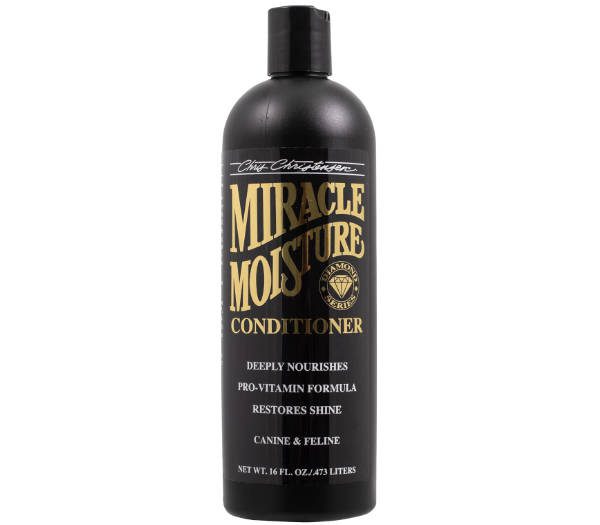
Conditioner
Diamond Miracle Moisture Conditioner 16oz
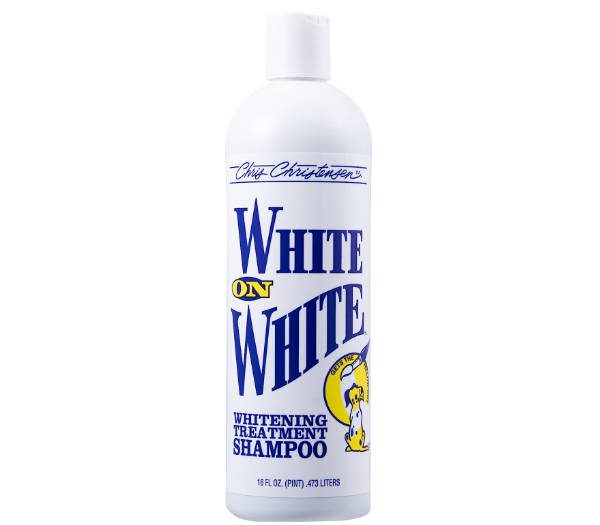
White Dog Shampoo
Chris Christensen White on White Whitening Treatment Dog Shampoo, Brightens White Made in USA, 16 oz.

Pet Grooming Cologne
Bark2Basics Salon Scents 8 oz, Natural Professional Grade Perfume for Dogs and Cats, Spray, Long Lasting, Deodorizing (Coconut and Pineapple)
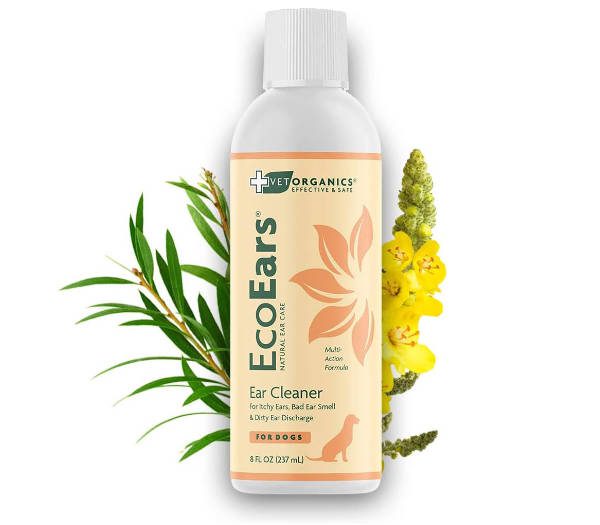
Ear Cleaner
EcoEars Dog Ear Cleaner. Natural Multi-Action Formula. For Itch, Head Shaking, Discharge & Smell. 100% Guaranteed

Ear Plucking Powder
Top Performance TP595 24 ProEar Professional Ear Easy-to-Use Powder for Cleaning Dog and Cat Ears, 28g
Clipping Labradoodle Nails
Maintaining your Labradoodle’s nails is crucial for their overall health and comfort. While it might feel like a daunting task, it’s absolutely necessary.
Don’t forget the dew claws on the inner side of the front paws! Often overlooked, these need the same attention as the other nafils. Neglecting them increases the risk of snagging and tearing, which can be extremely painful for your dog and usually means a trip to the vet.
If your Labradoodle is particularly active, you may find that their nails naturally wear down a bit. Running and playing on different surfaces can act like a natural nail file. However, this shouldn’t replace regular trimming, especially for the dew claws, which may not experience the same wear.
By maintaining all their nails, you’ll help your Labradoodle move around comfortably and minimize the chance of injury.
How Often to Trim Labradoodle Nails
Even with natural wear from activity, it’s good to plan on trimming your Labradoodle’s nails once or twice a month, depending on how quickly they grow. This maintains your dog’s comfort and overall health, ensuring that even the less-worn dew claws are kept in check.
Labradoodle Ear Care
Taking care of your Labradoodle’s ears is a crucial part of their grooming routine. Floppy-eared breeds like Labradoodles are especially prone to ear issues. Regular attention to their ears can help prevent problems that could escalate into infections. Keep an eye out for symptoms like redness, irritation, or unpleasant odors, as these might indicate an infection.
Labradoodle Ear Cleaning
To keep your Labradoodle’s ears healthy, use a quality ear cleaner. Grab a soft cloth or a cotton ball and gently clean the ears, being cautious not to go too deep into the ear canal.
If you notice your dog scratching at his or her ears, or if you see redness in the ear or detect an unpleasant odor coming from the ear, your dog may have developed an ear infection. Visit your vet if you notice any of these symptoms, as cleaning alone won’t clear up the issue.
Washington State University College of Veterinary Medicine has an excellent article, Examining and medicating the ears of a dog, that’s worth checking out.
For natural ear cleaner and treatment, check out the Blue Power Ear Wash recipe.
Labradoodle Ear Plucking
Most Labradoodles may have excess hair growth in their ears that could block air circulation, contributing to ear problems. Ear plucking can help remove these excess hairs and improve airflow. However, this procedure should be done cautiously and is often best left to professionals or under the guidance of your vet or groomer.
Ear Cleaning and Ear Plucking Video
Check out our Ear Cleaning and Ear Plucking Video to get a hands-on guide for keeping your Labradoodle’s ears healthy. Our step-by-step tutorial makes the process easy to understand, ensuring you can tackle ear care with confidence.
Australian Labradoodle Eye Care
Attention to eye health also plays a vital role in your Australian Labradoodle’s overall comfort and happiness. To prevent eye infections and keep those expressive eyes sparkling, incorporate these three simple but effective steps into your regular grooming routine:
- Trim the Hair: Use thinning shears to trim the hair around your dog’s eyes. This prevents hair from irritating the eyes and introducing bacteria.
- Clean the Eyes: Use a quality eye wash or special pads to gently wipe away any debris or gunk that might have accumulated.
- Regular Checks: Make it a habit to examine your Labradoodle’s eyes for signs of redness, cloudiness, or excessive tearing. If you notice any irregularities, a vet visit is in order.
By following these steps, you’ll be proactive in maintaining your Labradoodle’s eye health, ensuring they remain happy and comfortable.